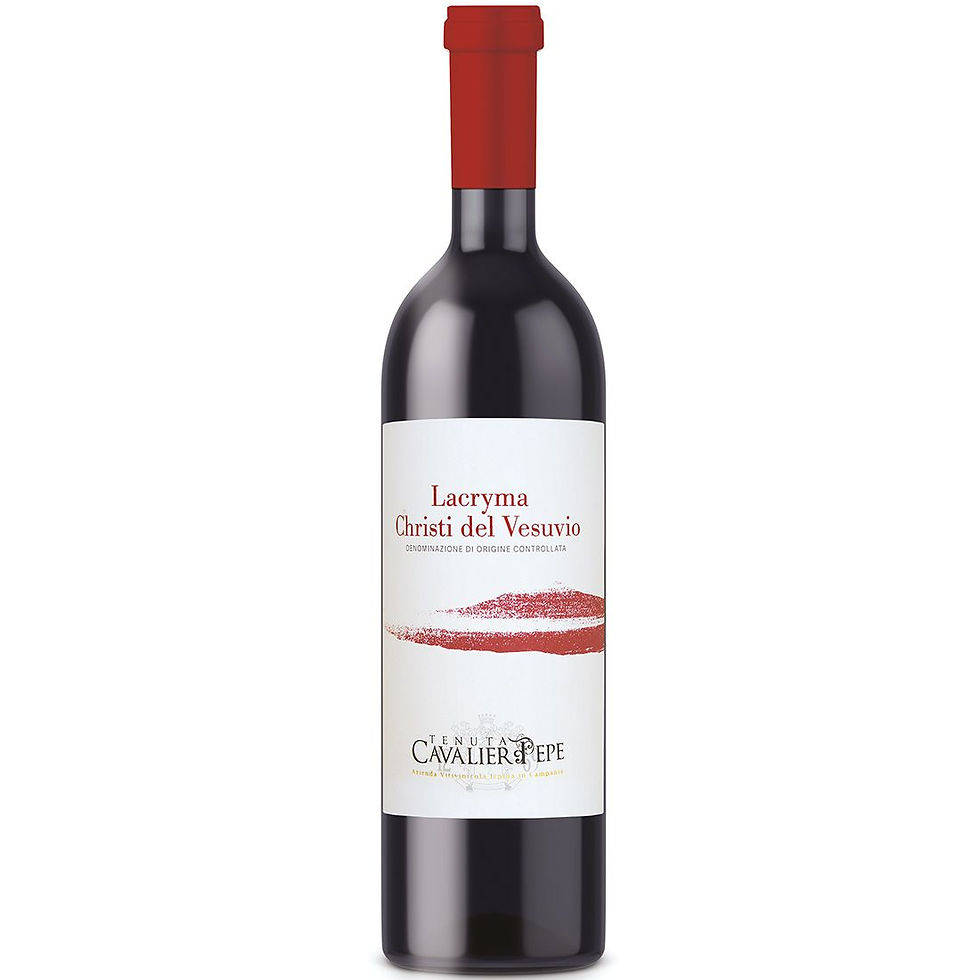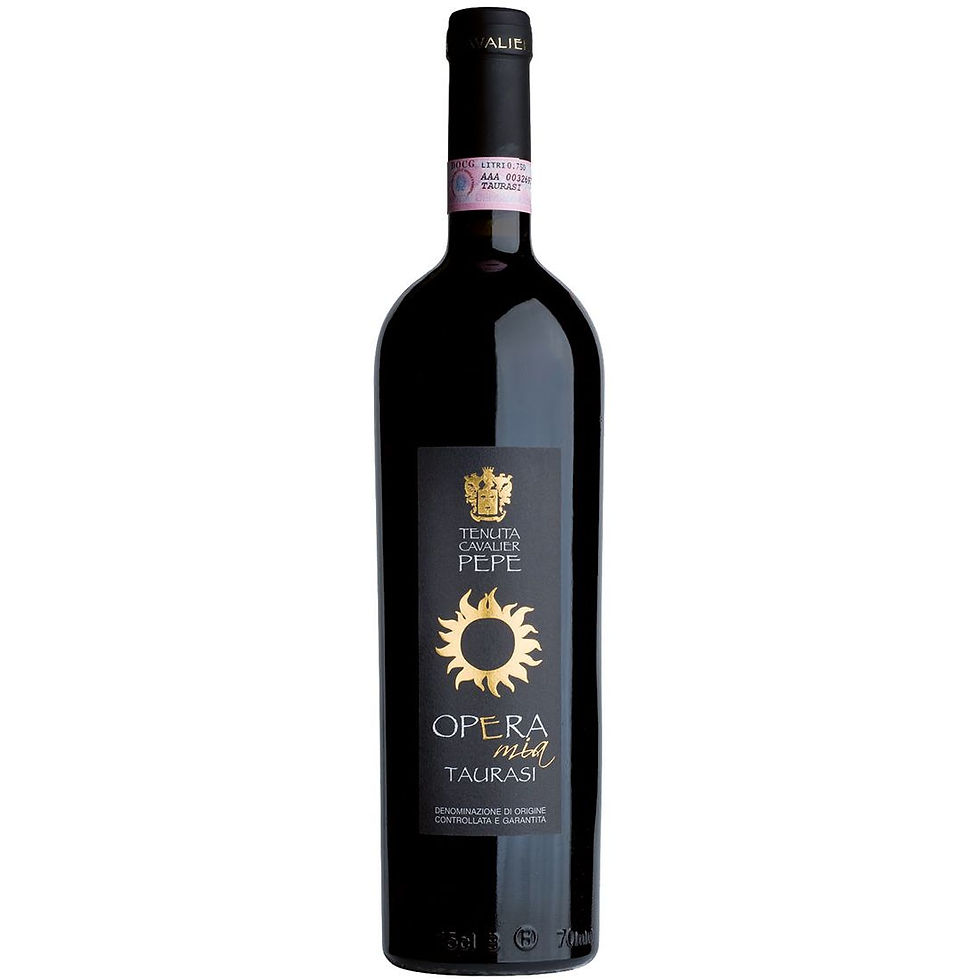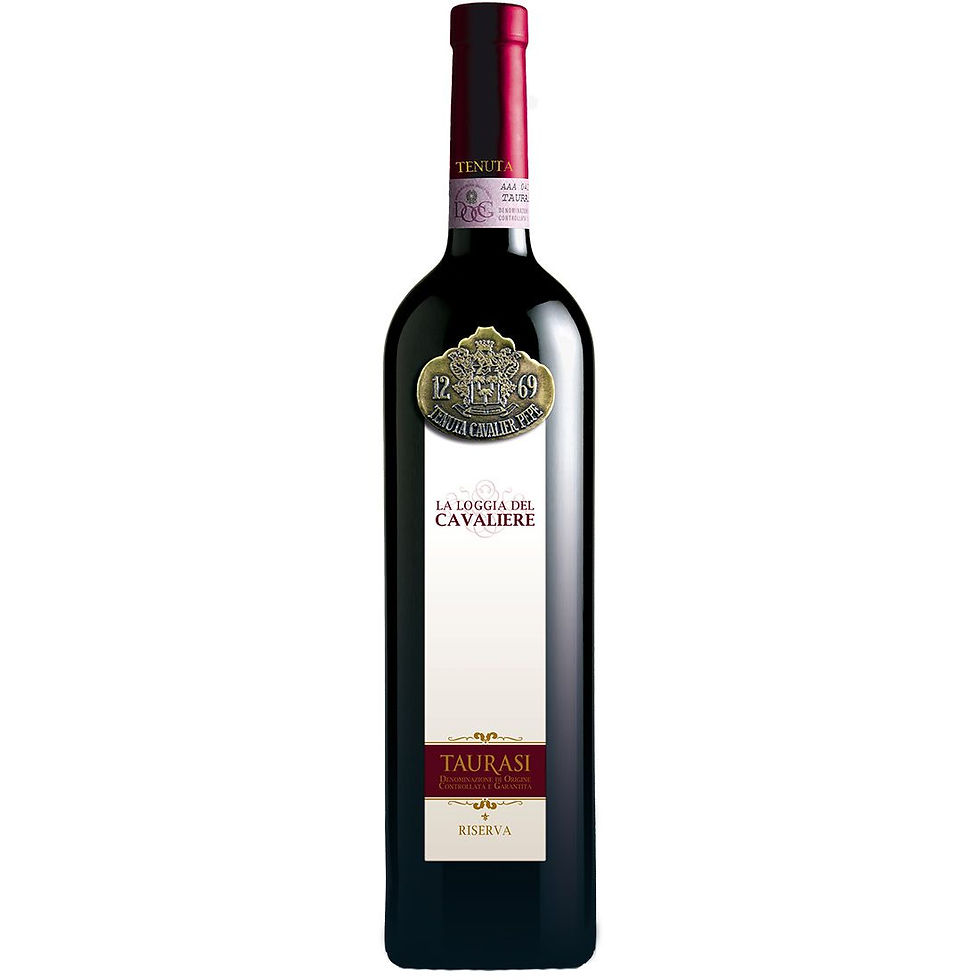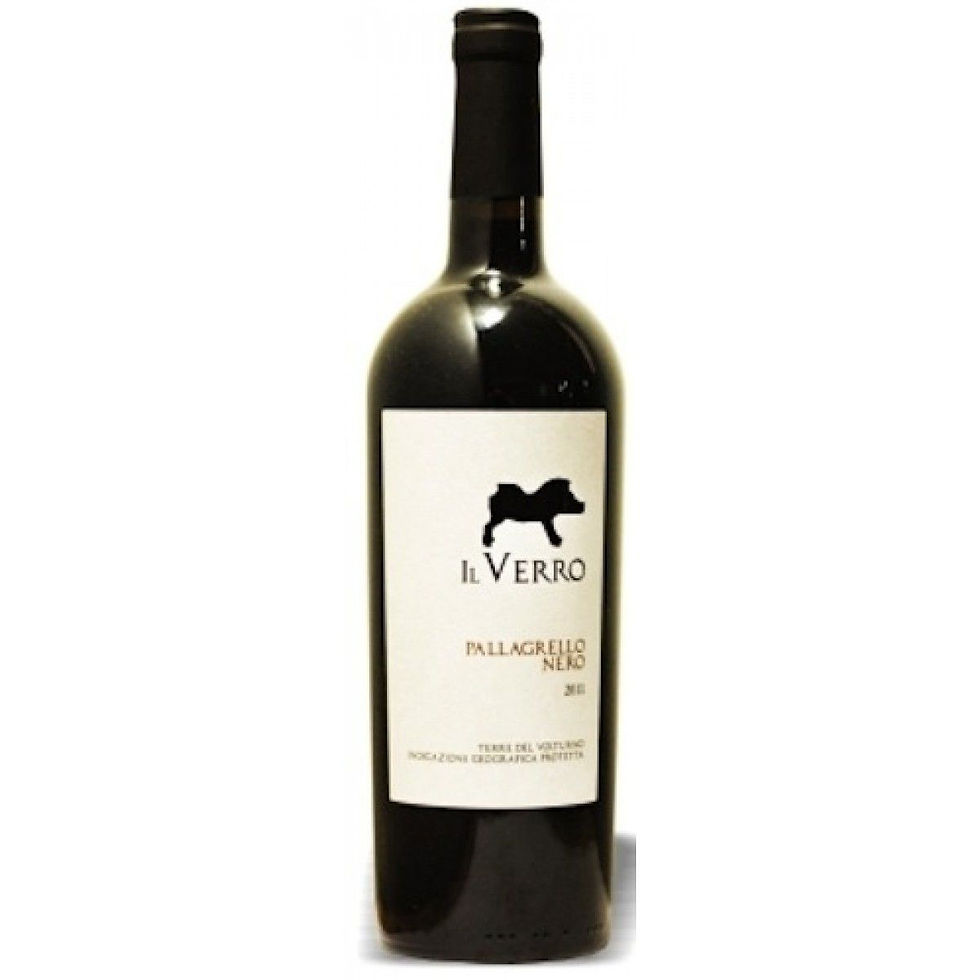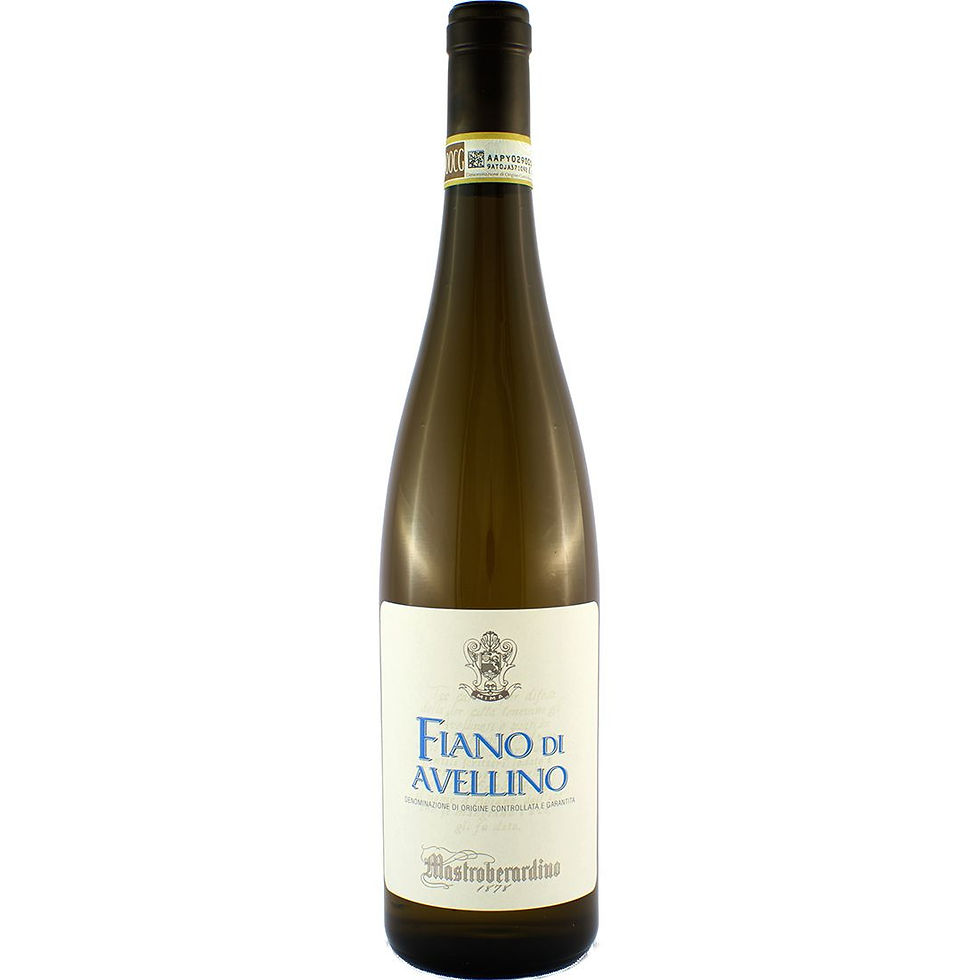
Campania is the "shin" of Italy's boot, anchored by its capital, Naples. Its name comes from Campania felix, a Latin phrase roughly meaning "happy land". The region has strong historical links to wine and vine, dating back to the 12th Century BC, and is one of Italy's very oldest wine regions. The considerable influence of ancient empires, including the Greeks, Romans and Byzantines, means some of this area's varieties have historical legends attached. The area is also famous for producing Falerno (Falernum), one of the most ancient wines in Italy.
Campania, like many Italian regions, is home an impressive array of grape varieties, some of which are found almost nowhere else on earth. Its most important variety is arguably Aglianico, the grape behind the region's two most famous and respected red wines: Taurasi and Aglianico del Taburno. Aglianico was introduced to the area by the Greeks and later cultivated by the Romans.
Also vital to Campania's vineyards are the white-wine varieties Fiano and Greco, which are championed by the region's most respected white wines, Fiano di Avellino and Greco di Tufo. Fiano has been used here for more than 2000 years. Its original name was Vitis apiana (Latin for "vine of the bees") but this has become shortened almost beyond recognition over the intervening centuries. Greco's name is a little more obvious, and indicates its Greek origins. Another light-skinned grape of interest here is Falanghina, which forms the backbone of Falerno del Massico and Galluccio wines. The honeyed sweetness of Falanghina wines gained the variety praise from the ancient writer and philosopher Pliny the Elder, who is credited by some as being the creator of the phrase in vino veritas(there is truth in wine).
Alongside the more-important varieties mentioned above are a host of little-known gems. These include Biancolella and Forastera, which together form the backbone of the white wines of Ischia. Suppezza, Sabato and Sciascinoso (locally called Olivella because of its olive-shaped grapes, and used in blends to bring a hint of color and acidity to wine) also play their part, particularly in wines from the Sorrento Peninsula. Along the Amalfi coast, the aromatic and orange blossom-infused Ravello and Furore wines are distinctive for the inclusion of interesting local Fenile, Ripolo, Pepella and Ginestra grapes. In the Aversa plains, the Asprinio variety, producing a dry white or zesty sparkling wine, gives the DOC Asprinio di Aversa its name. Finally the Coda di Volpe vine, named for its resemblance to a fox's tail due to the way the grapes grow in long bunches, also plays a role alongside Verdeca, Greco di Bianca and Falanghina in the Lacryma Christi del Vesuvio whites.





















